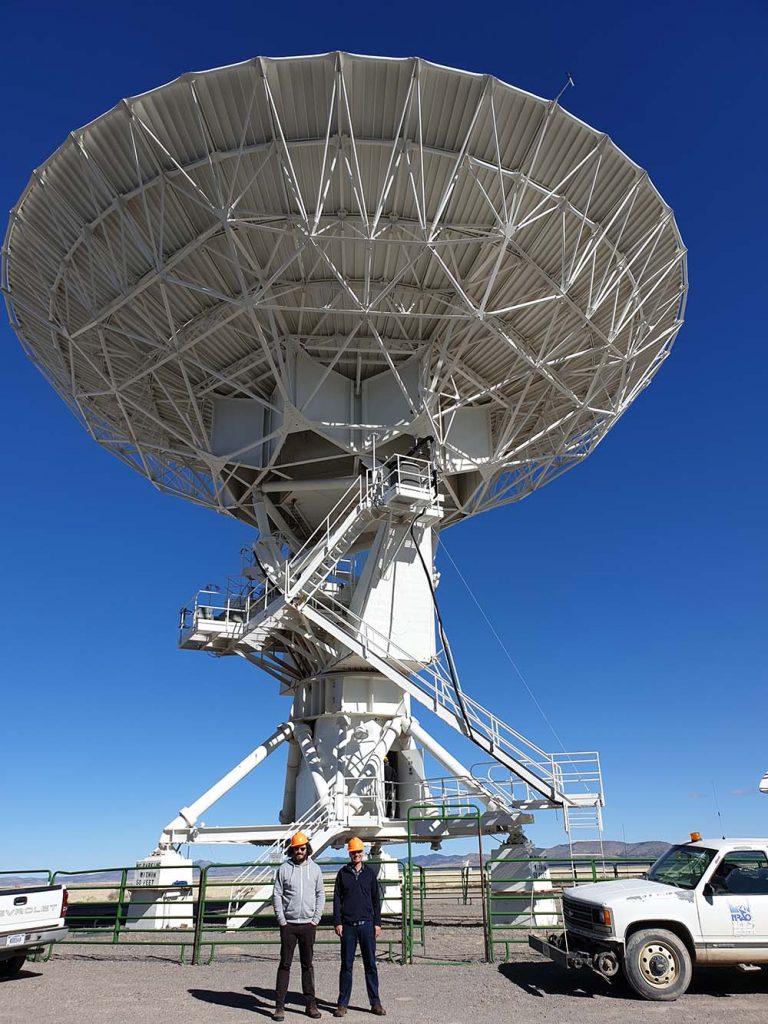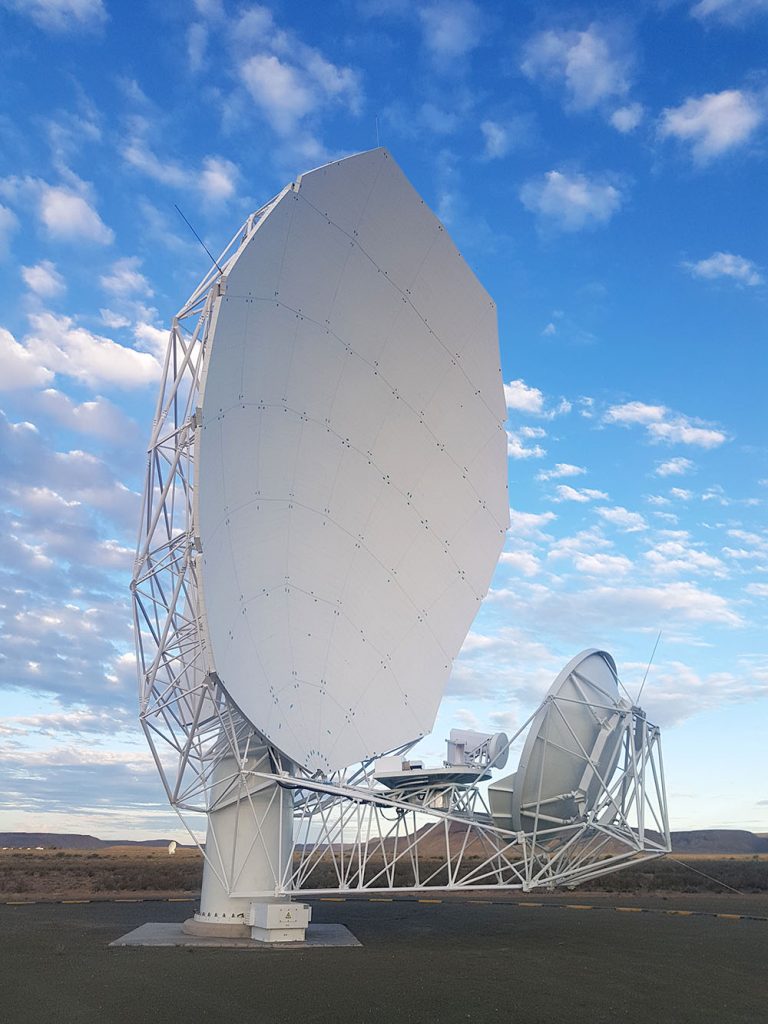If you plan to travel across the Plains of San Agustin, don’t forget to stop at a picnic spot along Route 60, some 35 kilometres from the hamlet of Magdalena, to do some astronomy tourism.
Thousands of years ago, this flatland was a great lake. Fast forward to the end of the 2020s, and this same area will transform again. This time, it will become home to 263 advanced radio antennas. These aren’t just any antennas — they’re part of an exciting project to construct America’s Next Generation Very Large Array (ngVLA).
This project is set to revolutionise our understanding of the universe. So, what was once a serene lake will soon be a hub of scientific discovery.
The 244 bigger 18-metre-wide shaped offset Gregorian reflector systems (the characteristic “dishes”) will be more than beacons of discovery into the distant origins of the universe — they will also serve as markers of Southern African astronomical engineering in action.
Namibian Professor Robert Lehmensiek and Professor Dirk De Villiers of the Department of Electrical and Electronic Engineering are the duo behind these reflector systems’ precise shape and surface design, each with six horn antennas.
Background
The ngVLA, promoted as the USA’s “next major national facility in ground-based radio astronomy,” is set to revolutionise our understanding of the universe. Funded by a multi-million-dollar award from the National Science Foundation (NSF) and developed by the National Radio Astronomy Observatory (NRAO), the ngVLA will allow astronomers to study distant galaxies, black holes, and conditions for extraterrestrial life with unprecedented detail.
Two key figures in the ngVLA project, Professors De Villiers and Lehmensiek, both alumni of Stellenbosch University (SU) and experts in antenna design, have been closely involved in its development. They have the unique honour of working on a project that will surpass the capabilities of any current radio astronomy telescope over the same frequency bands.
The ngVLA will replace the 40-year-old Karl G. Jansky Very Large Array (VLA) antennas. In late 2023, the first of the 20-meter-tall ngVLA prototype antennas is expected to be erected. Both De Villiers and Lehmensiek recall the moment they first saw the potential of the ngVLA and undertook the mammoth task of making it function optimally:

“Each of the 244 identical dishes will have six horn antennas, as the ngVLA will work over six frequency bands,” says De Villiers. “In all, the ngVLA will operate at similar frequencies to the Jansky VLA it is set to replace (from 1,2 GHz to 116 GHz), with a gap between 50 GHz and 70 GHz where radio waves cannot propagate through our atmosphere due to absorption by oxygen molecules.”
The prototype
The ngVLA prototype is making significant strides in its development. The antenna, designed by German mechanical engineering company mtex, is currently being fabricated panel by panel by a network of suppliers in Europe.
Each piece will be shipped to the USA for on-site construction, which is expected to begin by late 2023. The design includes the mechanics behind the antennas, their support structures, foundations, and other required frameworks. These components are designed to withstand wind, gravity, and extreme temperatures.


As sensitive as possible
Professors De Villiers and Lehmensiek, who are evaluating the design process, explained that the antennas, which operate at 116 GHz, must remain as stable as possible during scanning to focus effectively.
The ngVLA project aims to advance our understanding of the universe significantly, with five key science goals: unveiling the formation of solar system analogs, probing initial conditions for planetary systems and life, charting galaxy evolution, testing gravity using pulsars, and studying the formation and evolution of stellar and supermassive black holes.
The research initiatives reported on above are geared towards addressing the United Nations’ Sustainable Development Goals numbers 9 and 17 and goal number 2 of the African Union’s Agenda 2063.
Read the full press release at: https://www0.sun.ac.za/researchforimpact/2023/07/11/african-ingenuity-a-part-of-major-american-astronomy-project/





